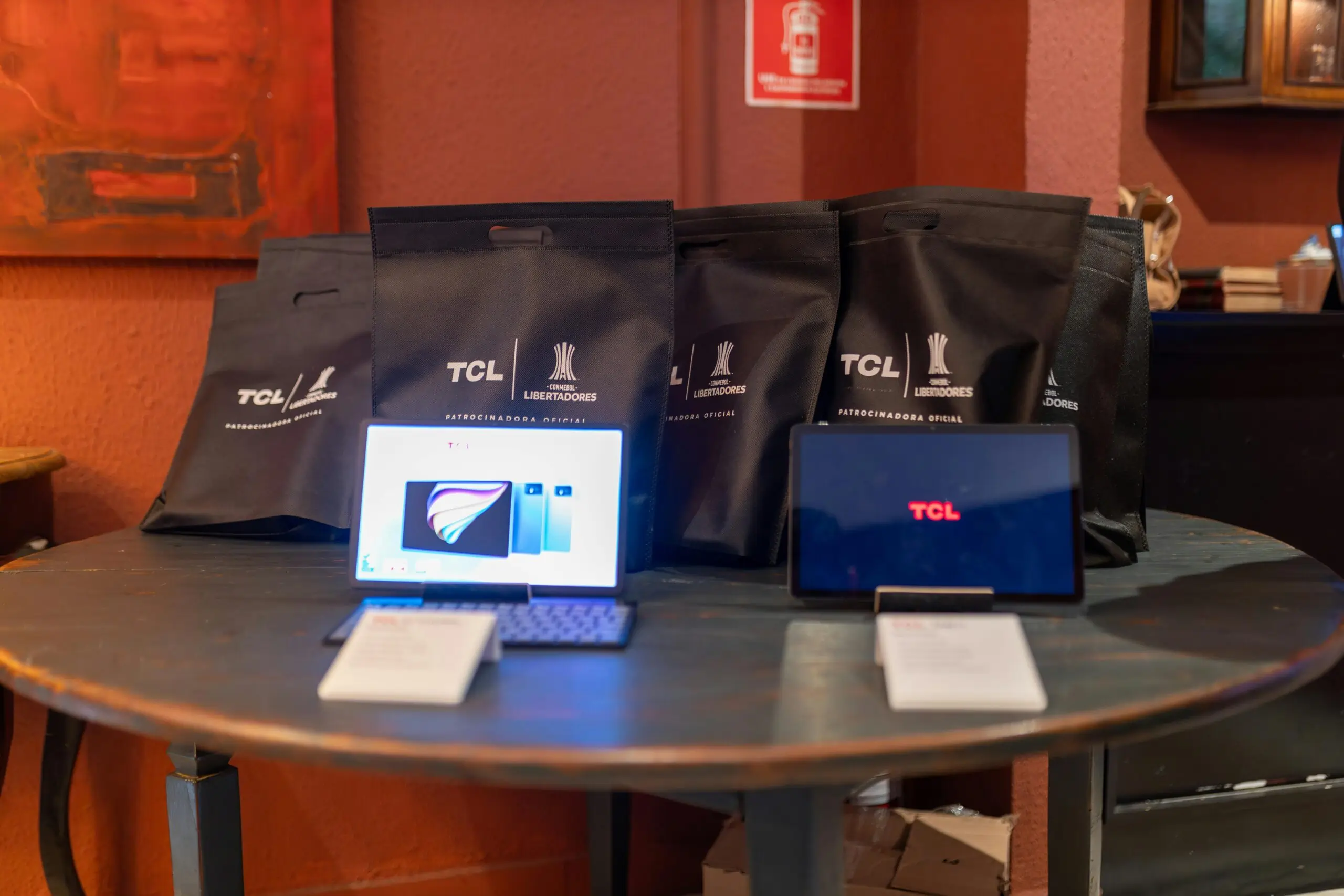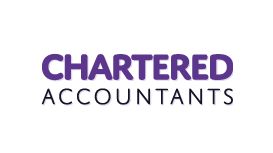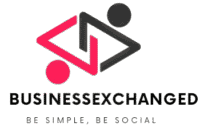Marketing in the higher education sector presents a unique set of challenges. Colleges and universities must not only compete for students but also balance branding, evolving digital landscapes, changing demographics, and increasing scrutiny over the value of education. This article explores the primary challenges higher education institutions face in marketing and offers insights into how they can navigate these obstacles effectively.
Intensified Competition
Challenge: The higher education market is highly competitive, with institutions vying for a limited pool of prospective students. This competition is further intensified by the growth of online education and international institutions attracting local students.
Solution:
- Differentiation: Clearly define and communicate unique selling propositions (USPs) that distinguish your institution from others. Highlight distinctive programs, faculty, campus culture, and outcomes.
- Targeted Marketing: Utilize data-driven marketing to identify and target specific student demographics that align with your institution’s strengths.
Evolving Digital Landscape
Challenge: The rapid evolution of digital technology requires institutions to constantly update their marketing strategies. Maintaining a strong digital presence across multiple platforms can be resource-intensive.
Solution:
- Integrated Digital Strategy: Develop a cohesive digital marketing strategy that includes SEO, content marketing, social media, and email campaigns. Ensure consistency across all digital channels.
- Emerging Technologies: Stay abreast of new technologies such as AI, virtual reality, and chatbots to enhance engagement and streamline processes.
Shifting Demographics
Challenge: Demographic shifts, including declining birth rates in some regions and increasing diversity, complicate recruitment efforts. Institutions must appeal to a broader range of potential students, including non-traditional and international students.
Solution:
- Inclusive Marketing: Create inclusive marketing campaigns that resonate with diverse audiences. Use imagery and messaging that reflect the diversity of the student body.
- Market Expansion: Explore new markets, including international students and adult learners. Tailor marketing efforts to address the unique needs and motivations of these groups.
Increasing Scrutiny on Value and ROI
Challenge: Prospective students and their families are increasingly scrutinizing higher education’s value and return on investment (ROI). Rising tuition costs and student debt have heightened concerns about the financial benefits of a college degree.
Solution:
- Transparent Communication: Clearly communicate the value of education provided, including career services, job placement rates, alumni success stories, and financial aid options.
- Outcome-Focused Marketing: Emphasize tangible outcomes such as employment rates, average starting salaries, and internships and experiential learning opportunities.
Maintaining Brand Consistency
Challenge: Ensuring brand consistency across various departments, campuses, and digital platforms can be challenging. Inconsistent messaging can dilute the brand and confuse prospective students.
Solution:
- Centralized Brand Guidelines: Develop and enforce comprehensive brand guidelines that ensure consistent use of logos, colours, fonts, and messaging.
- Cross-Departmental Collaboration: Foster collaboration between marketing departments and other institutional units to maintain a unified brand voice.
Engagement and Retention
Challenge: It is difficult to engage prospective students and retain their interest throughout the recruitment process. The journey from inquiry to enrolment involves multiple touchpoints, and maintaining engagement requires strategic communication. If you are struggling with specific aspects, such as recruiting new students, working with a dedicated digital marketing agency that has experience in higher education marketing can help you achieve recruitment targets.
Solution:
- Personalized Communication: Use CRM systems to personalize communication with prospective students. Tailor content based on their interests and stage in the recruitment process.
- Multi-Channel Engagement: Engage students across various channels, including email, social media, virtual events, and campus visits. Provide timely and relevant information at each touchpoint.
Measuring Marketing Effectiveness
Challenge: Accurately measuring the effectiveness of marketing efforts and demonstrating ROI can be complex. Institutions often struggle with fragmented data and a lack of comprehensive analytics.
Solution:
- Analytics Tools: Invest in advanced analytics tools that integrate data from various sources. Use these tools to track key performance indicators (KPIs) and measure the success of marketing campaigns.
- Continuous Improvement: Regularly review and analyze data to identify areas for improvement. Adjust strategies based on insights to enhance effectiveness and ROI.
To Conclude
Marketing in the higher education sector is fraught with challenges, from intense competition and evolving digital landscapes to shifting demographics and scrutiny of value. Institutions can effectively navigate these challenges by adopting targeted, data-driven marketing strategies, maintaining brand consistency, and emphasizing the tangible benefits of education. Embracing inclusivity, leveraging emerging technologies, and continuously measuring and refining marketing efforts will enable higher education institutions to attract and retain students in a competitive and dynamic environment.
Read More Articles: Businessexchanged.com













